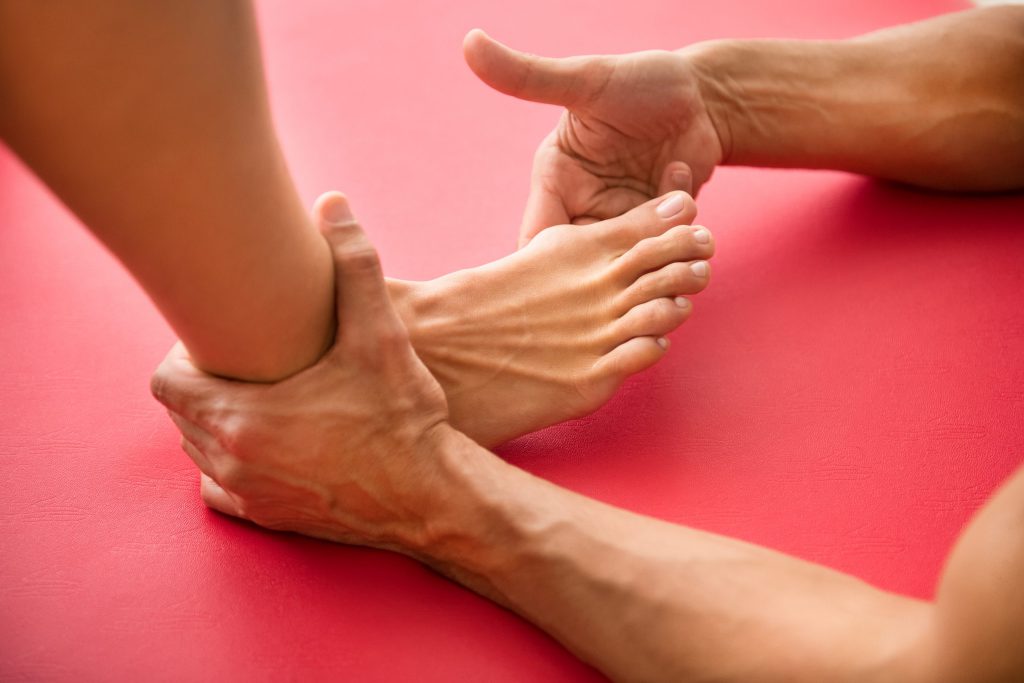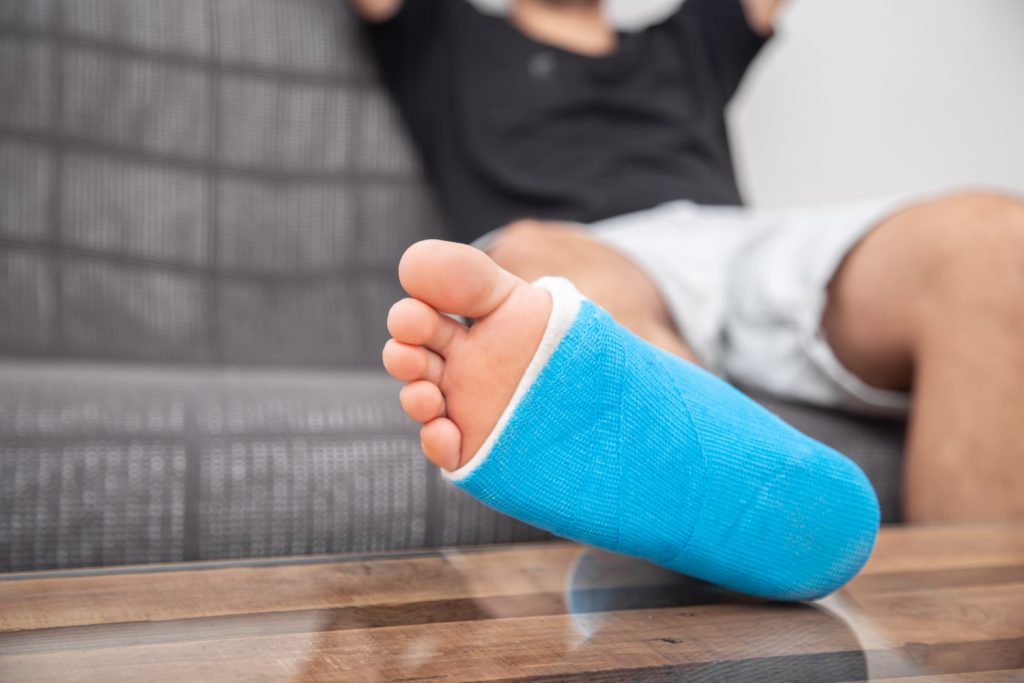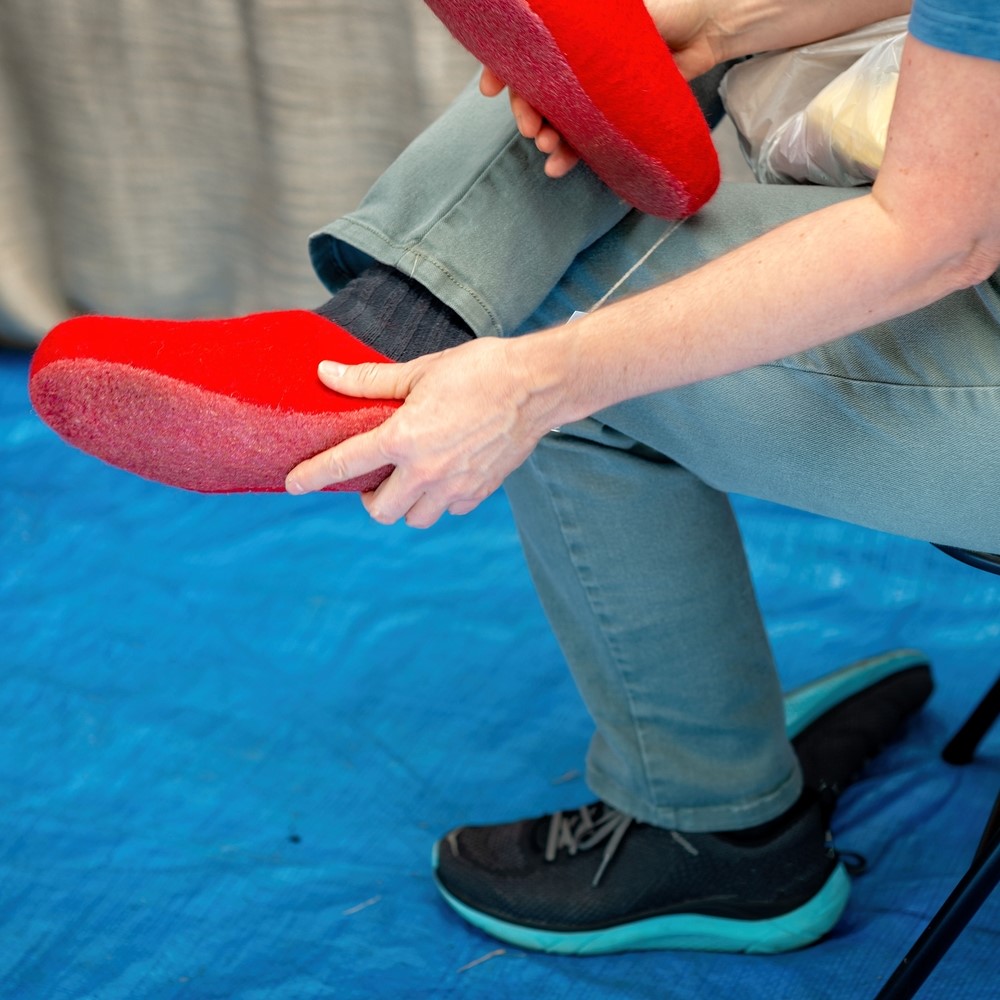Bunions and hammertoes… What’re the differences?
Are you walking wrong? Do you feel that the toe has swollen or that the foot has changed shape? Some foot deformities such as bunions and hammertoes may occur as a result of walking wrong. Tight shoes or standing for a long time might exacerbate pain. Bunions of the foot and hammertoe are common problems that may affect both feet! So, you need to know more about these distortions… What are bunions and hammertoes? A bunion develops on the outside of the big toe as a result of years of pressure on the big toe joint. This pressure eventually causes the toe joint to rebel and create a bony spur. Mallet toe is a progressive symptom and may involve one or more toes. In this case, the toe is bent downward instead of lying flat on the floor. It often causes a lot of pain and eventually you may not be able to move the affected toe. What are the symptoms? A bunion becomes red and swollen and may resemble a turnip in shape. Other symptoms include: Inability to bend the big toe. Feeling of pain and burning when trying to bend the injured finger. Difficulty wearing normal shoes. Corns Numbness in the big toe. Hammertoe. Therefore, hammertoes may be a complication of foot bunions. Other symptoms of hammertoe include: Stiffness of the toe joint. Pain is usually at the top of your bent toe and may be in the ball of the foot. Corns and calluses at the top of the affected finger joint. Redness, inflammation or a burning sensation. Finger movement is affected. Joint swelling. What is the treatment? There is no cure for bunions and hammertoes. However, the podiatrist at Health and Style Medical Center can create an appropriate treatment plan for you to relieve and control symptoms. Treatment options include: Bandages: Over-the-counter bunion pads can relieve pain. You can also use medical tape to keep the foot in the correct position. Change of shoes: Wearing wide shoes can take pressure off your toes. For more tips for choosing the right shoes. Orthotics: Shoe inserts can help control alignment problems. You can also place a spacer between the big toe and the second toe. Steroid injections may ease the pain and swelling. Surgery: Your doctor may recommend surgery if other treatments don’t help and walking becomes too painful. Can bunions and hammertoes be prevented? Prevention is key to controlling bunions and hammertoes. It will help to wear shoes that fit properly and provide proper support and cushioning. High heels and tight shoes should be avoided as they can exacerbate the problem. Exercise to strengthen the feet and toes can also be helpful.
Bunions and hammertoes… What’re the differences? Read More »







